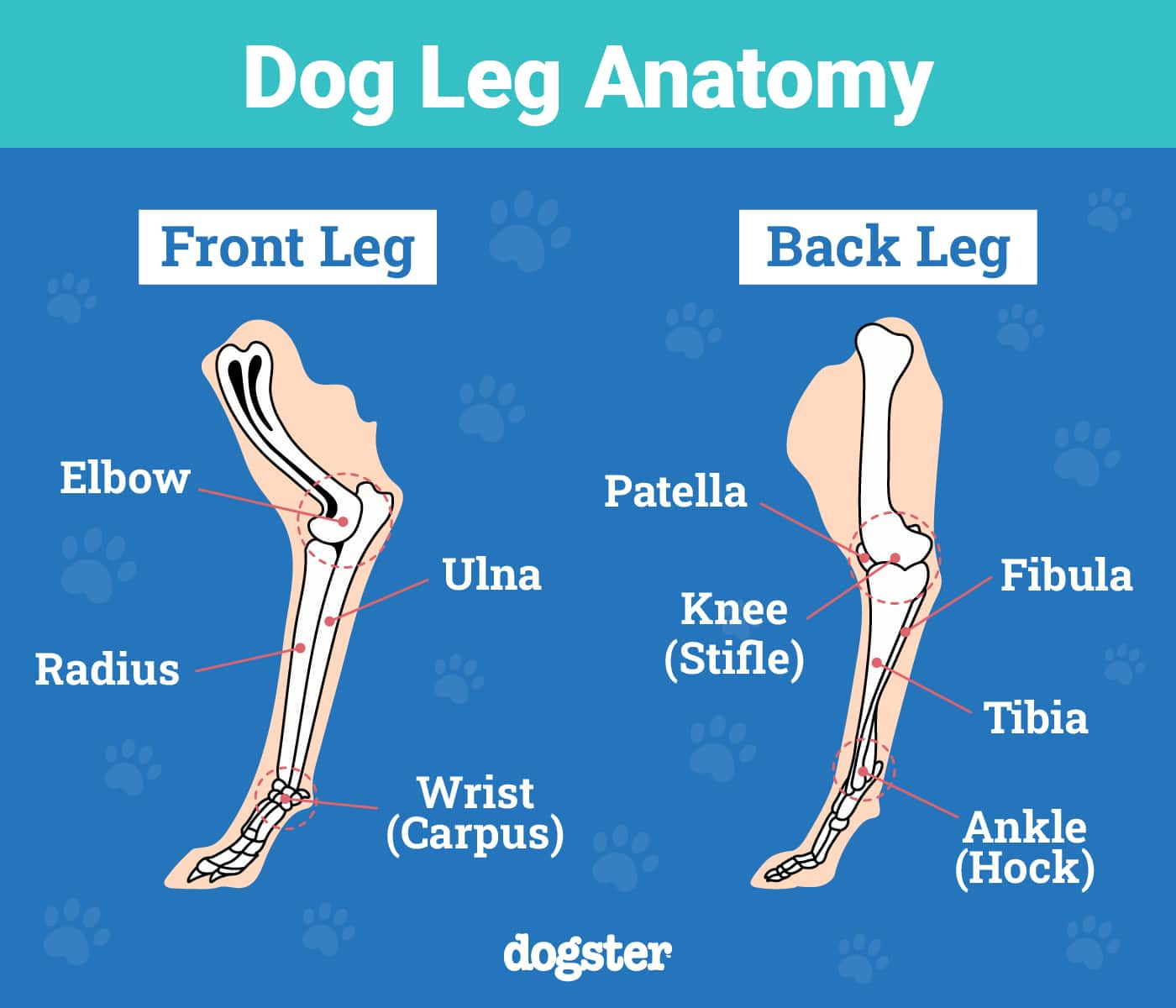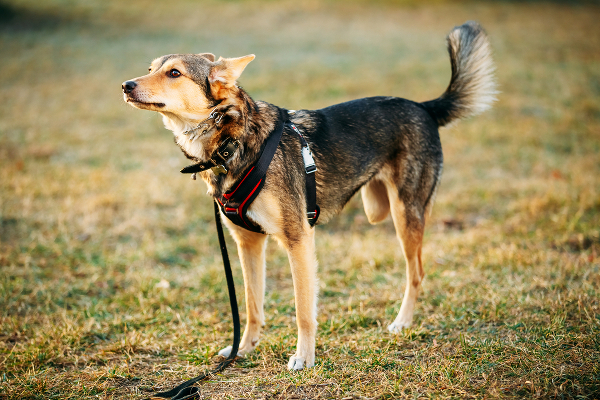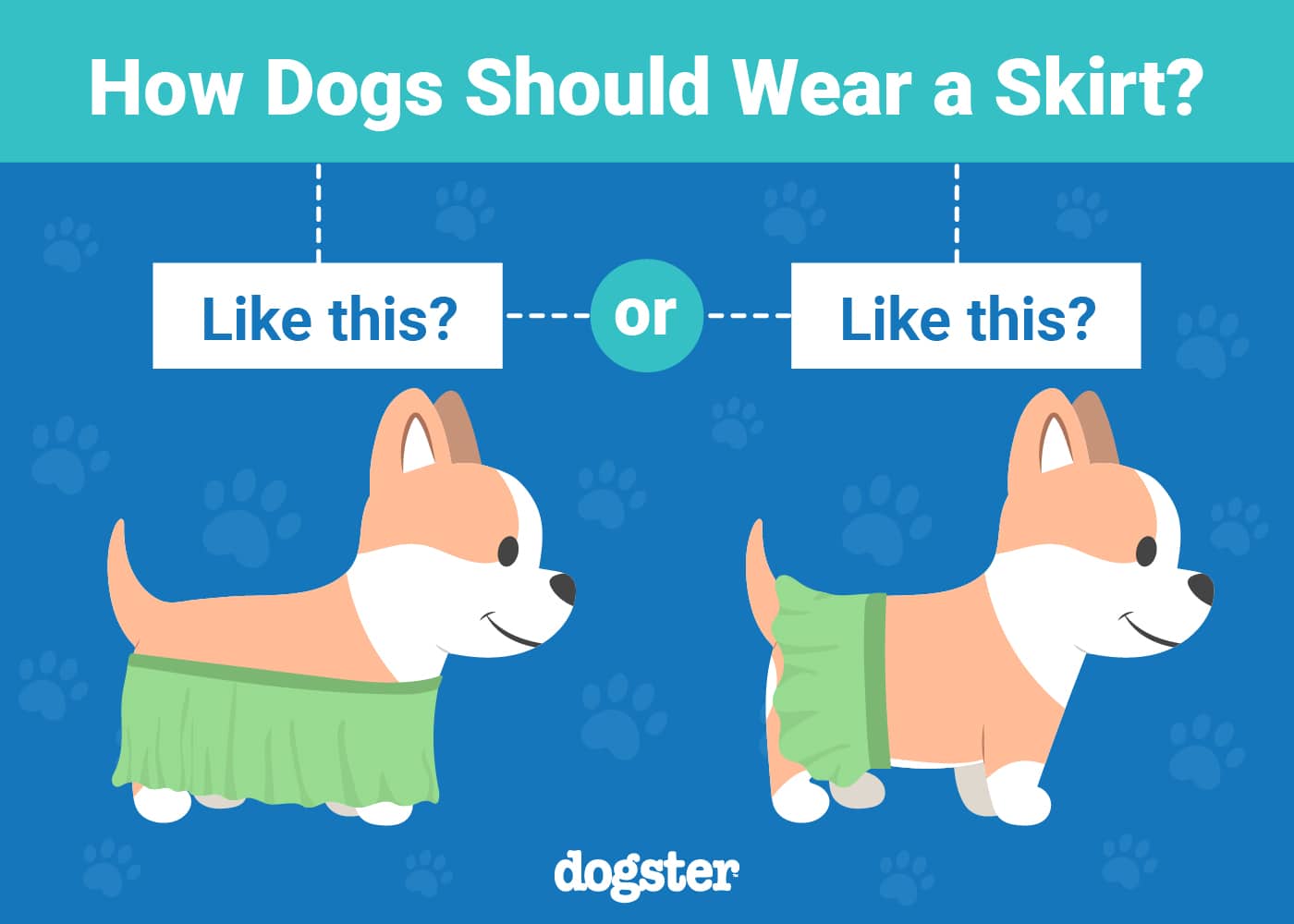In this article
View 3 More +While most dogs have four legs, several have missing limbs but live happy, healthy, adventurous lives. Dogs lose limbs for all sorts of reasons, from accidents to amputations related to medical conditions, and many do fine once they’ve had time to become comfortable with new ways of getting around.
Dogs with three legs are often called tripods, and although they sometimes have slightly ungainly walks, many can run relatively well. Dogs with two legs can frequently move around independently, and some can even run depending on which limbs they’re working with. With the assistance of prosthetic devices and mobility aids, many dogs with missing limbs can enjoy rich lives.

Basic Dog Leg Anatomy
Most dogs have four legs, two in front and two in back. Each front leg has one elbow and wrist, also called a carpus. Their back legs have knees, which are commonly referred to as stifles, and their ankles are sometimes referred to as hocks. Dogs have ulnar and radial bones in their forelegs and have tibias and fibulas in their back legs.
While dogs and humans have elbows and knees, they function differently; dogs walk on all fours, and humans are bipeds. Having four legs instead of two legs and two arms like humans gives dogs an edge regarding stability.
However, walking upright allows humans to see far away and use their arms and hands to manipulate and carry things. It’s also vital to humans’ ability to walk for long distances.

Dogs With Two Legs
Dogs with two legs face more challenging mobility issues than those with three, and much depends on which limbs are involved. Dogs with two limbs on one side of their bodies can sometimes get around without supportive devices.1
Some dogs missing both back legs can run around pretty efficiently without assistance.2
Dogs With Three Legs
Dogs with three legs can learn to move around without prosthetic devices or mobility support. Those who have amputations after traumatic accidents can recover and live healthy lives, but tripods are prone to developing joint problems, as their remaining limbs are under increased strain due to gait alterations.
It’s harder for dogs to adjust to the loss of a front leg than a hind limb. Smaller dogs also have fewer problems getting around on three legs than larger ones.

Dog Prosthetic Devices
Dogs with missing limbs sometimes benefit from prosthetic devices. The prosthetics range from slip-on designs to implants that provide dogs with more mobility. There are also wheelchairs that can help pets with missing or paralyzed limbs get around.
Why Is It Easier for Dogs Who Are Missing Legs to Run Than to Walk?
Dogs typically walk with two or three feet on the ground at the same time, and it’s difficult for them to do so when they only have three legs. Dogs have several other ways of moving, including cantering, galloping, and trotting.
They also amble, which is between a walk and a trot, and display rear-end swaying and what appears to be paw dragging. Trotting is usually the most efficient gait; it’s relatively fast and involves a brief moment when their bodies are airborne. Dogs generally use a gallop for high speeds, in which their spines extend and flex, enabling them to release massive bursts of energy.
So now that you know all of this, we have a question for you:


Conclusion
Dogs officially have four legs. Their front leg joints are wrists and elbows, and those in the back are knees and ankles. While most dogs have four legs, they can thrive with two or three, particularly with the help of mobility aids and prosthetic devices. While some are born missing limbs, most end up losing legs to amputations related to accidents and illnesses. Dogs with three legs can frequently run with abandon, and those with two legs can get around surprisingly well on their own.
Related read:
- Why Does My Dog’s Leg Give Out?
- Why Is My Dog Not Using Their Back Leg? Our Vet Explains 10 Reasons
- Can Dogs’ Legs Fall Asleep? Vet-Verified Facts & FAQ
Featured Image Credit: Olga Aniven, Shutterstock



















